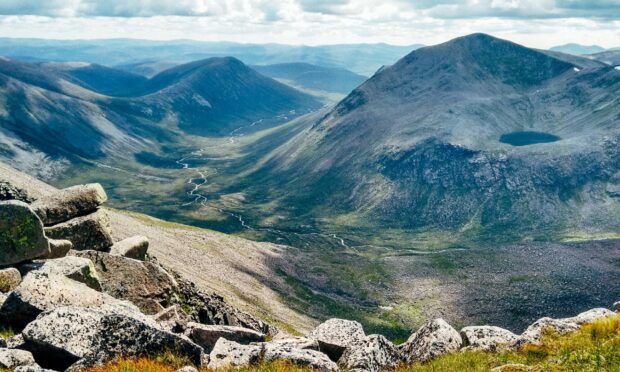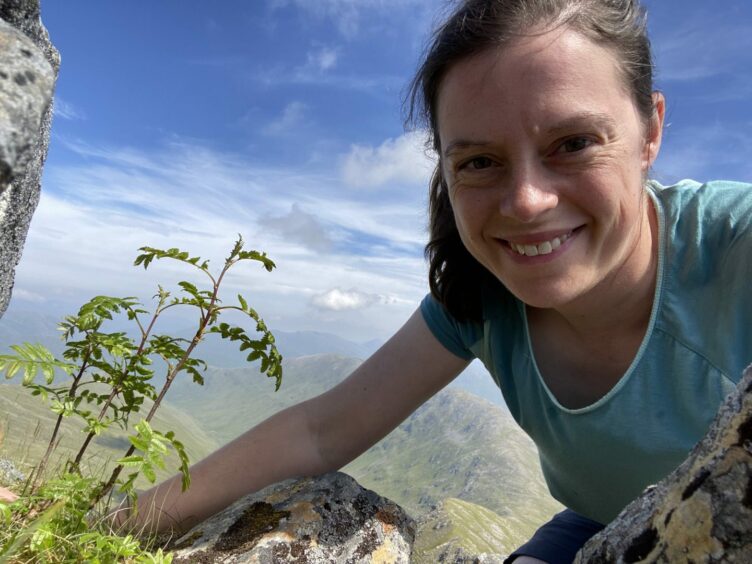Trees growing at “record-breaking heights” have been discovered atop Highland Munros offering researchers hope for wildlife restoration.
Eleven new altitudinal records for tree species in Britain have been recorded – with three discovered on Highland Munros.
Woodland and montane scrub were thought to be lost on Highland hilltops due to human activity over thousands of years.
However, a number of trees are setting new records as they thrive in high altitudes.
It is a discovery that could lead to natural treelines once lost being restored.
Trees defying expectations
Sarah Watts, PhD researcher in the University of Stirling’s faculty of natural sciences, has been gathering evidence.
Scrambling up more than 200 Munros, Ms Watts said the plants were defying expectations.
She said: “It was fascinating to find trees growing at the absolute limit of environmental tolerance for these species. Some were 200m above previously known altitudes.
“This shows us that there is potential for woodland restoration in Britain’s mountains after centuries of habitat loss and degradation.”
The discovered altitude-thriving trees include a Rowan at 1,150m near the summit of Sgurr nan Ceathreamhnan in West Affric.
A Sitka Spruce planted at 1,125m on Britain’s third highest mountain, Braeriach, and a Goat Willow at 984m on Beinn Eibhinn were also found.
Ms Watts was assisted by dozens of mountaineers and keen hill-walkers who sent photographs of trees growing near summit.
Helpers would use the hashtag #highmountaintrees and a Facebook group and Ms Watts would then verify the altitude of the trees using a handheld altimeter.
She added: “These data on altitudinal ranges help us understand the environmental tolerances of plants and how climate change or land management may be influencing their distribution.
“These high-altitude habitats have largely been lost across the Scottish Highlands due to overgrazing of livestock and deer, but can be havens of biodiversity providing benefits for wildlife and people including natural hazard protection, sheltering and flood-risk reduction.”
Her research can be found here.


Conversation